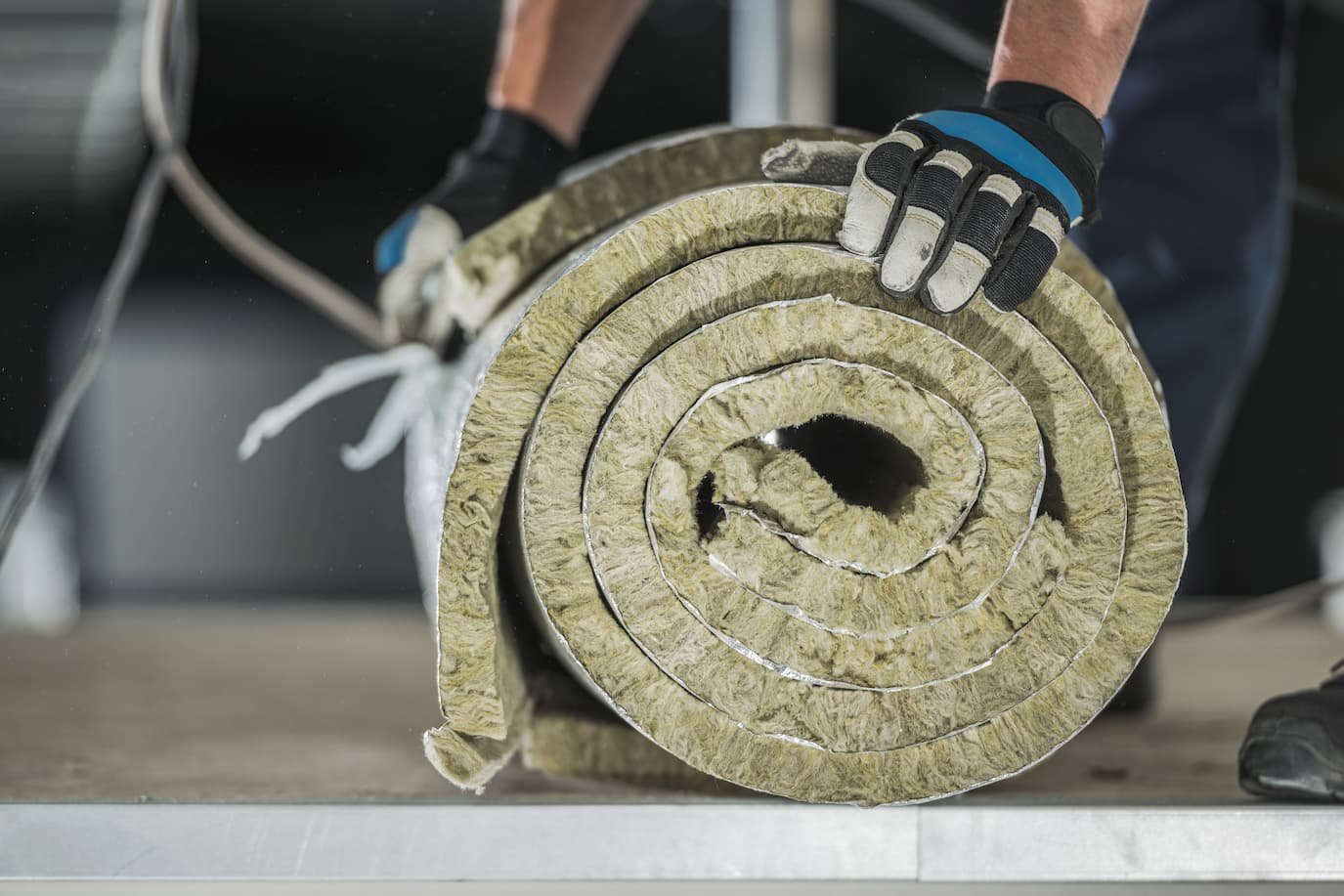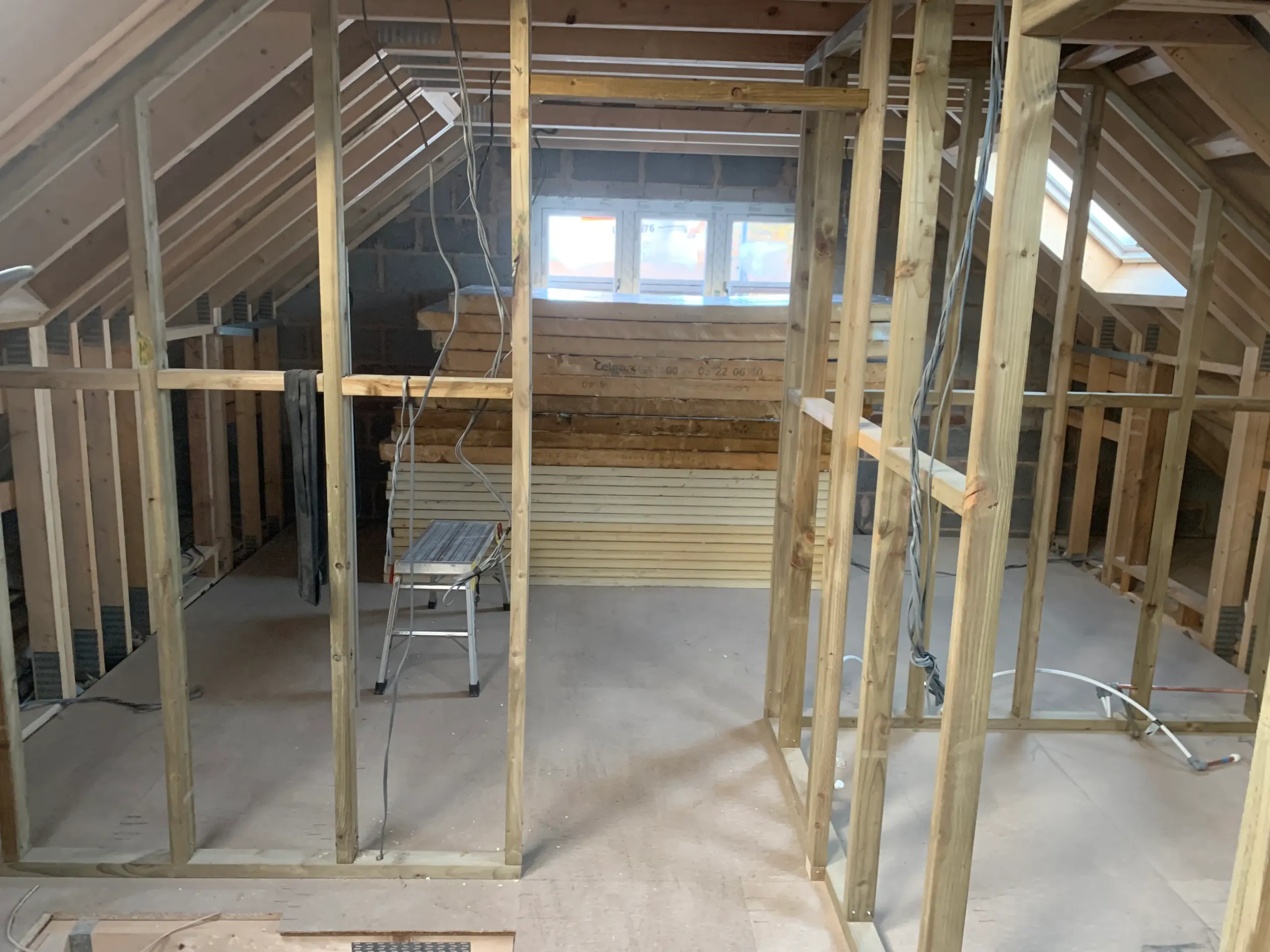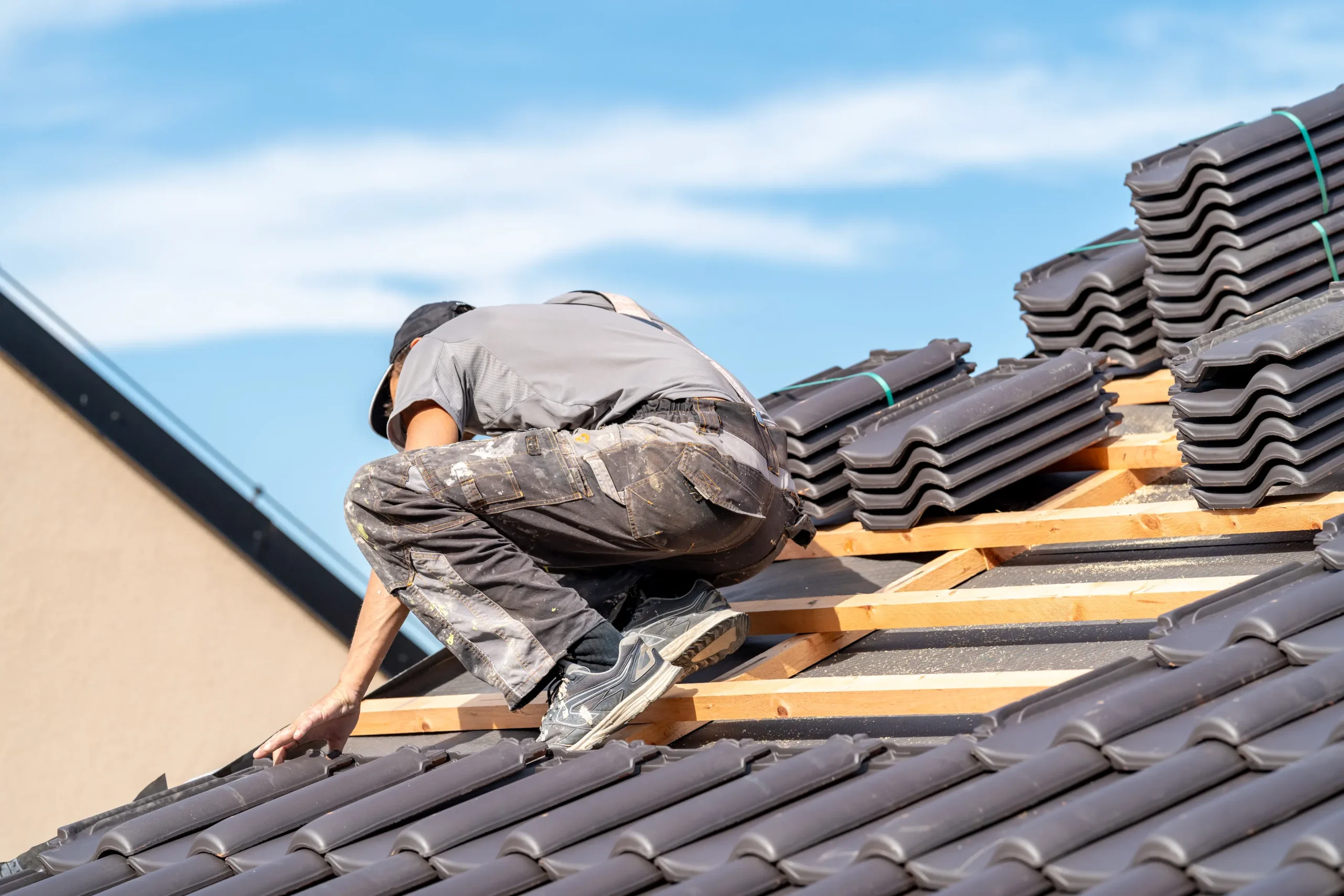Understanding Heat Loss
Heat loss in a home occurs in various ways: through walls, windows, doors, and the roof. However, it’s estimated that a quarter of heat in an uninsulated home is lost through the roof. This is due to the basic principle of hot air rising; warm air generated by your heating system rises to the top of your home and can escape if the roof is not well-insulated.
The Impact on Energy Bills and Efficiency
The consequences of this heat loss are twofold. Firstly, it can significantly impact your energy bills. Homes that aren’t properly insulated require more energy to maintain a comfortable temperature, leading to higher costs. Secondly, it affects your home’s energy efficiency. With environmental concerns becoming increasingly pressing, reducing energy consumption is not just a matter of personal finance, but also of ecological responsibility.
Insulation: The Key to Reducing Heat Loss
The most effective way to reduce heat loss through the roof is by improving your home’s insulation. Loft or attic insulation acts as a barrier, preventing warm air from rising out of your home and cold air from seeping in. There are different types of insulation materials available, including fibreglass, mineral wool, and cellulose, each with its own advantages and suitability for different types of homes.
The thickness of the insulation also matters. The recommended depth for mineral wool insulation, for instance, is 270mm. However, this can vary depending on the material used and the specific needs of your property. It’s worth consulting a professional to determine the best option for your home.
Other Considerations
While insulation is crucial, there are other factors to consider when addressing heat loss through the roof. For example, ensuring that your roof is in good repair is important, as damaged tiles or shingles can lead to heat loss. Additionally, proper ventilation in the roof space is necessary to prevent condensation, which can lead to damp and mould issues.
Financial and Environmental Benefits
Investing in roof insulation can offer significant financial and environmental benefits. By reducing the amount of heat lost, you’ll need less energy to heat your home, leading to lower energy bills. This not only saves you money but also reduces your carbon footprint, as less energy consumption means less carbon dioxide emissions.
Government Schemes and Grants
In the UK, there are various schemes and grants available to help homeowners improve their home’s energy efficiency, including roof insulation. These can significantly reduce the cost of installation and make it a more financially viable option for many households.
Conclusion
In conclusion, a substantial amount of heat can be lost through an uninsulated roof, affecting both your wallet and the environment. By investing in proper insulation, you can enhance your home’s energy efficiency, reduce your energy bills, and contribute to a more sustainable future. It’s a win-win situation for both your finances and the planet.




